
|
It is He [GOD] who made the sun
The Quran, X:5 |
The earliest records of calendars suggest that the most calendars were based on the phases of the moon to define units of time roughly equal to a month.

|
It is He [GOD] who made the sun
The Quran, X:5 |
Of these communities,
those that did not have a strong agricultural traditions, came to use
the lunar calendar
almost exclusively. Those concerned with planting and harvest -- or other
events whose periods are related to the orbit of the earth around the
sun, often had to contend with the fact that the repetetive nature
of these events is not in sync with the lunar calendar and invented
corrections schemes or switched to a purely solar-based calendar.
|
|
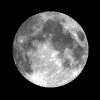
|
Other cultures, such as the Mayans of Central America, used not only
the sun and moon but also the planet venus in establishing their
double calendar.
For the record, our present calendar is 365 days (366 in leap years),
which corresponds to the period of earth's orbit around the sun (365
and 1/4 days).
To learn more about the history of timekeeping, explore the following
links:
Coincidences between positions of astronomical objects and cyclical nature
of events on earth also gave rise to myths. The myths may initially have
been oral mnemonics for remembering the correlations but in time, appear
to have taken on a life of their own.
An example of an astronomical based mnemonics from the lore of the
Aborigines of Australia tells of mythic beings Marpean-Kurrk and Neillon,
As a final comment on timekeeping, astronomers lost their "job" as timekeepers when
atomic scientists in the 1960s managed to study the vibration of atoms with great
accuracy. This led to the building of high precision atomic clocks. In the past
20 years, discovery of objects called pulsars has allowed astronomers to regain
their title of "timekeepers".
Pulsars weren't always pulsars. They are actually the cores of collapsed stars.
When a star more massive than our Sun (in fact, 8 or more times more massive)
runs out of fuel in its core, it cannot hold itself up against gravity and
collapses with a violent explosion (supernova). The outer portions of the
star gets blown out into space while a fraction of the mass gets crushed into
an incredibly dense, strongly magnetized core (neutron star).
 For example, the Egyptians, whose agriculture depended very
heavily on the annual overflowing of the Nile river, initially used
the lunar calendar but in time they realized that the
brightest star in the sky, Sirius, rose next to the sun every 365 days,
about when the annual flooding of the Nile commenced. Based on this
knowledge, they devised a 365-day calendar that seems to have begun
in 4236 B.C., the earliest recorded year in history.
For example, the Egyptians, whose agriculture depended very
heavily on the annual overflowing of the Nile river, initially used
the lunar calendar but in time they realized that the
brightest star in the sky, Sirius, rose next to the sun every 365 days,
about when the annual flooding of the Nile commenced. Based on this
knowledge, they devised a 365-day calendar that seems to have begun
in 4236 B.C., the earliest recorded year in history.
![]() A Walk Through Time
A Walk Through Time
![]() Calendars from Around the World
Calendars from Around the World
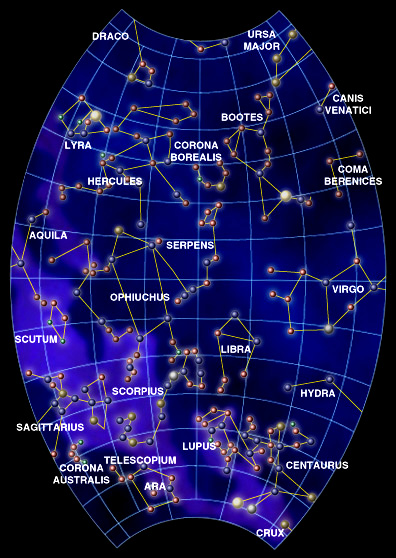 who discovered of Ant-Pupas and the eggs of Loan-Birds and taught the
people to find them for food. These two beings were associated with
bright stars known to us as Arcturus (the brightest star in constellation
Bootes) and Vega (the brightest star in constellation Lyra). This quote from an
BBC website article illustrates the link:
who discovered of Ant-Pupas and the eggs of Loan-Birds and taught the
people to find them for food. These two beings were associated with
bright stars known to us as Arcturus (the brightest star in constellation
Bootes) and Vega (the brightest star in constellation Lyra). This quote from an
BBC website article illustrates the link:
"In winter, the bright stars we call Arcturus
and Vega appeared and the Arnhem Land tribes
knew that it was time to make fish traps. Also
at that time, tribes in Victoria would look for
the pupa of the wood ant. The appearance of
the stars we call the Pleiades - or the Seven
Sisters - was the sign of the start of the
dingo-hunting season.
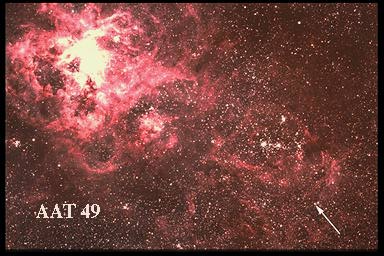
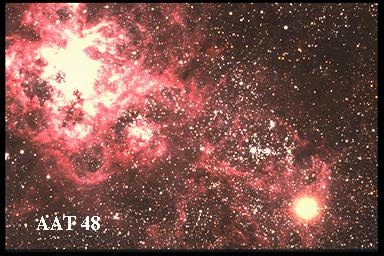
While a normal star rotates approximately once a day, it is believed that most
neutron stars are born rotating rapidly, some as rapidly as 1,000 times a
second.
The interplay between very fast rotation and very strong magnetic fields causes
the neutron stars to sweep out a beam of radio emissions, much like a lighthouse
With each rotation, a pulsar sends out an extremely regular pulse of radio waves. These
pulses provide an unmatched standard of timekeeping accuracy. So far, astronomers
have discovered over 600 pulsars, some of which are accurate to one second in 10
million years. That would make them more accurate than anything found on Earth,
including our atomic clocks.
One pulsar is located in the center of Crab Nebula. The star went supernova
in 1054 AD. Even though original star was over 5,000 light years away, the
explosion was seen here on Earth, visible even in the middle of the day.
Surprisingly, there is no record of the supernova in the records of
Islamic and other Mediterranean astronomers even though we know that
astronomy was a keenly practised science. The supernova, however, was
recorded by Chinese astronomers. There is suggestion that the Mediterranean
based astronomers ignored the event because it as a transient feature
whereas they were most interested and concerned with objects that exhibited
regular periodic motions; the Chinese, on the other hand, were more interested
in the transient features, the appearance of comets, supernova, etc. because
their astrology considers these to be importent omens for the future.
So why do we care about pulsars? Pulsars and timing measurements based on the
regularity of the pulsars have, among other things, allow physicists test
some of the fundamental laws of physics. They have, for example, provided
dramatic support for Einstein's theory of relativity. Pulsars have also served
as incredible navigation tools for astronomers, allow geophysicists make
very precise measurements of the motions of the earth's crust, and of course,
they are the most precise clocks available.
To learn more about pulsars and what are the uses of precision clocks, visit the following
sites:
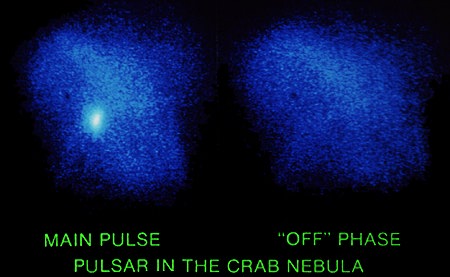 sweeps out a beam of light. Some of the beams are oriented in our direction
and we detect an extremely regular pulse of radio waves. These waves can be
detected here on Earth by radio telescopes. Neutron stars from which
we receive regular radio pulse signals are called pulsars.
sweeps out a beam of light. Some of the beams are oriented in our direction
and we detect an extremely regular pulse of radio waves. These waves can be
detected here on Earth by radio telescopes. Neutron stars from which
we receive regular radio pulse signals are called pulsars.
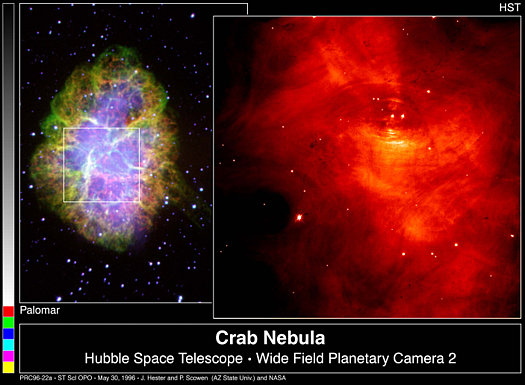 In any case, the Crab Nebula pulsar spins 30 times a second and its energy output
illuminates the entire nebula.
In any case, the Crab Nebula pulsar spins 30 times a second and its energy output
illuminates the entire nebula.
![]() What is a Pulsar? What makes it pulse?
What is a Pulsar? What makes it pulse?
![]() Why study pulsars?
Why study pulsars?
![]() How are pulsars formed?
How are pulsars formed?

